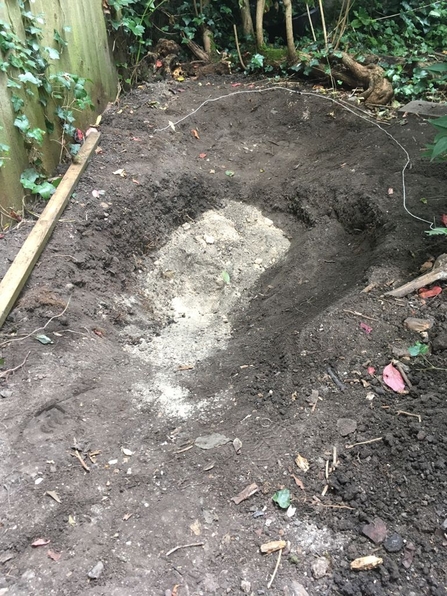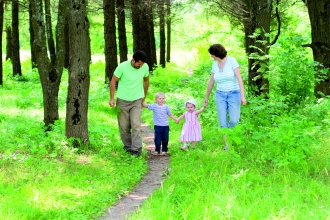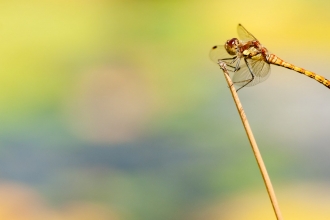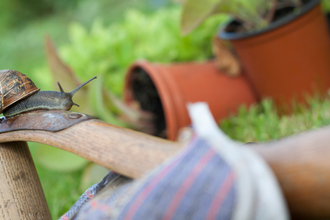As mentioned in our Go Wild with the family this summer holiday blog, here is the first part of our blog series in which the Shepherd family build a wildlife pond in their back garden!
Several years ago we were lucky enough to buy a piece of land at the end of our garden. It was very overgrown so we have always kept it quite wild. We call it the secret garden.
We’ve always wanted a pond in the garden but didn’t think we had enough room. After reading the Wildlife Trust’s ‘Big or small, ponds for all’ leaflet we realised that it didn’t have to be big. Even a mini pond the size of a washing up bowl or large plant pot can be incredibly valuable, providing a habitat for a huge range of wildlife from damsel and dragonflies, frogs and newts to birds, hedgehogs and bats. So this summer we started a project pond in the secret garden.





